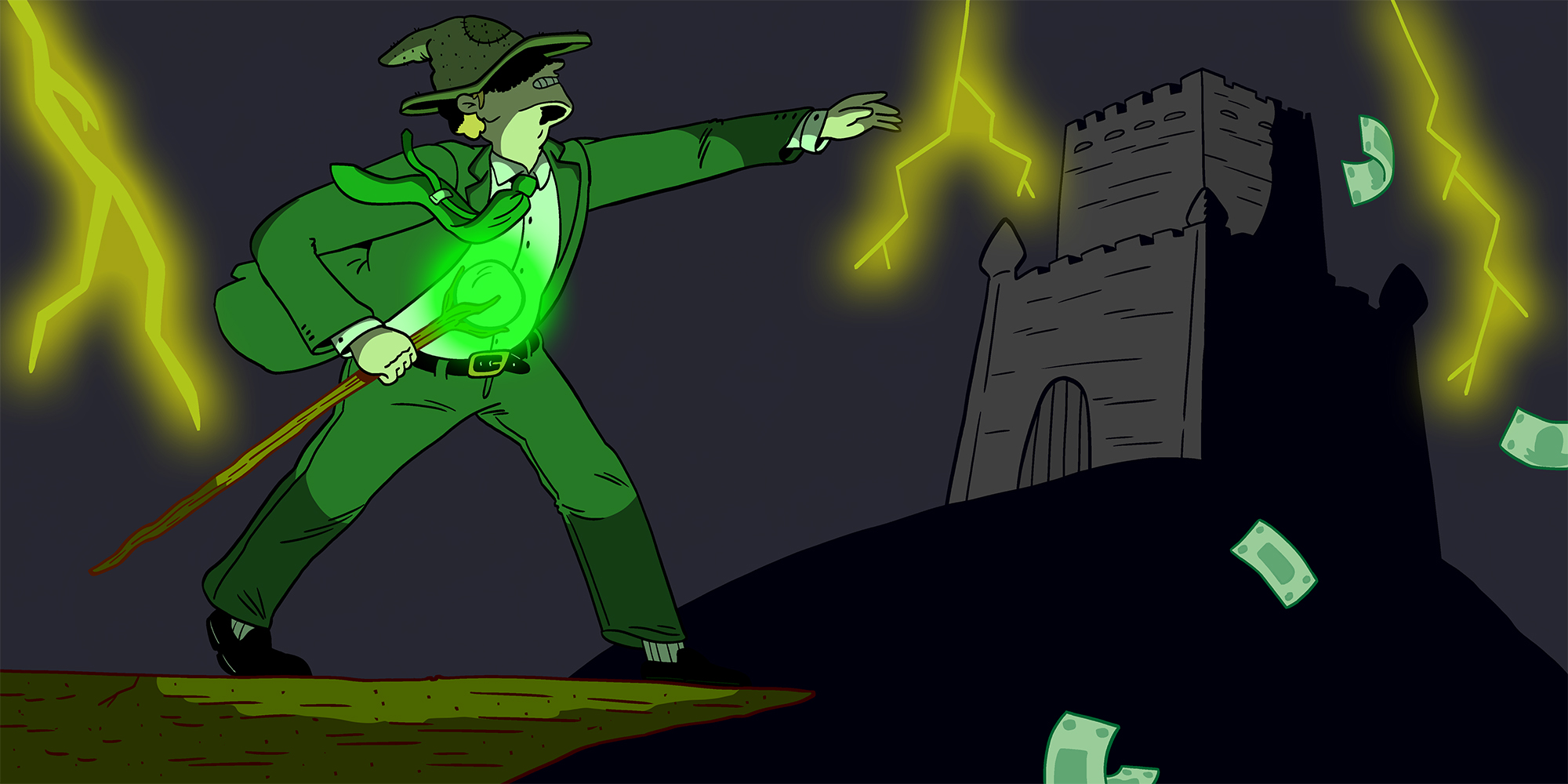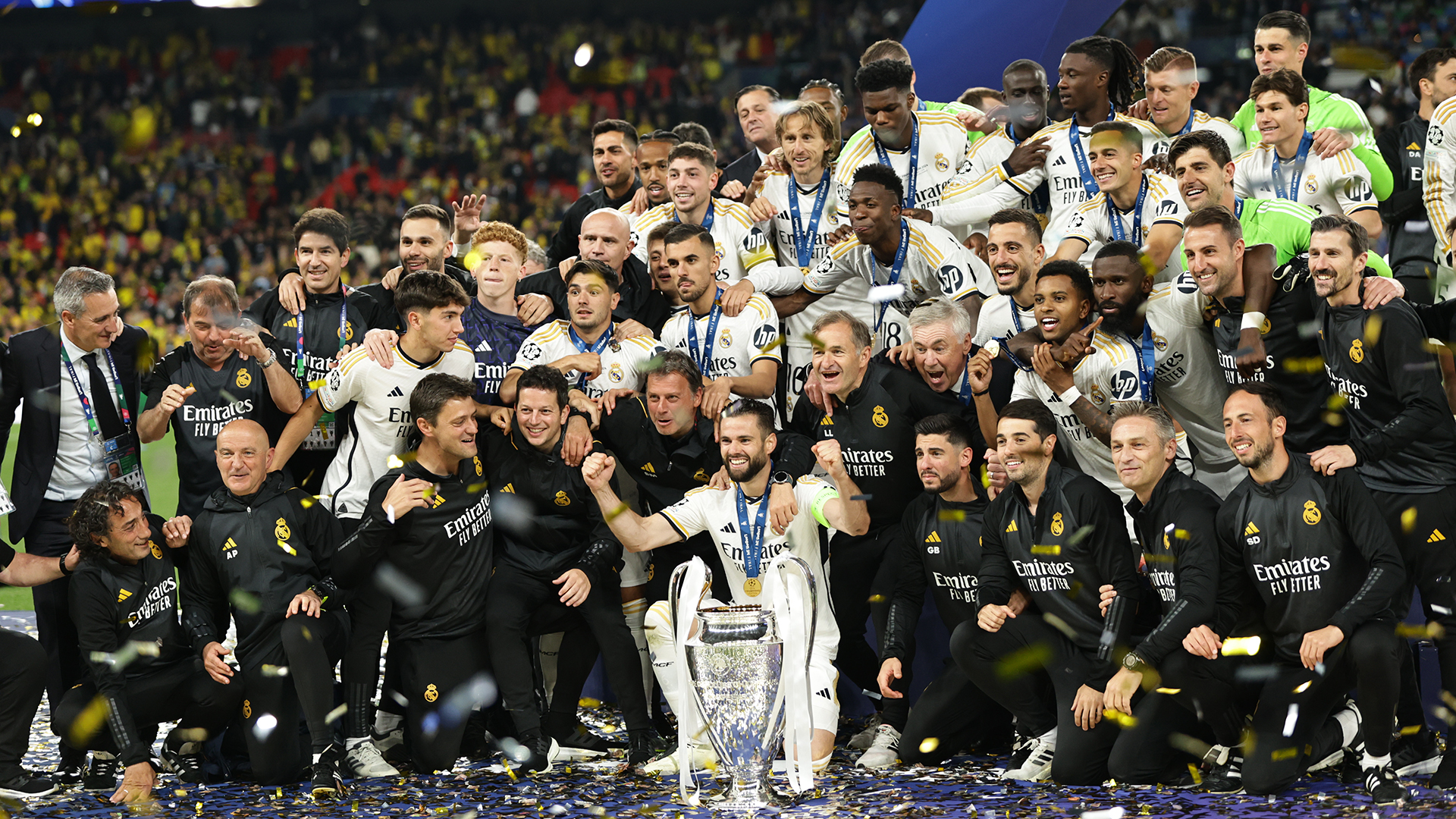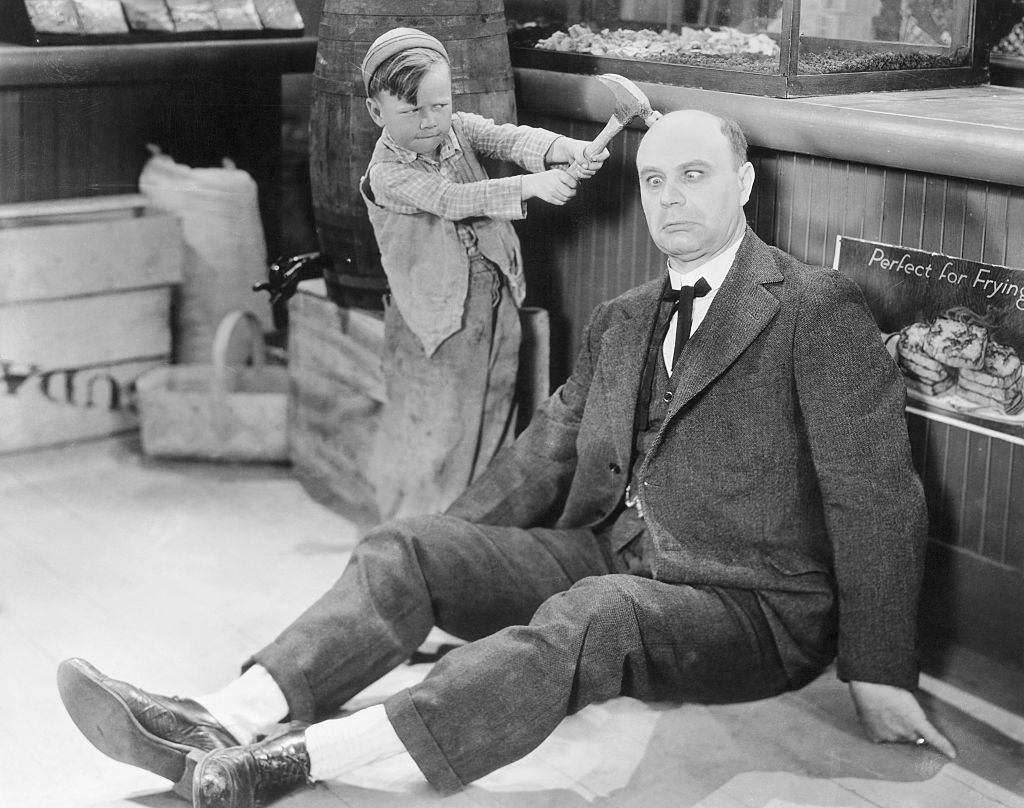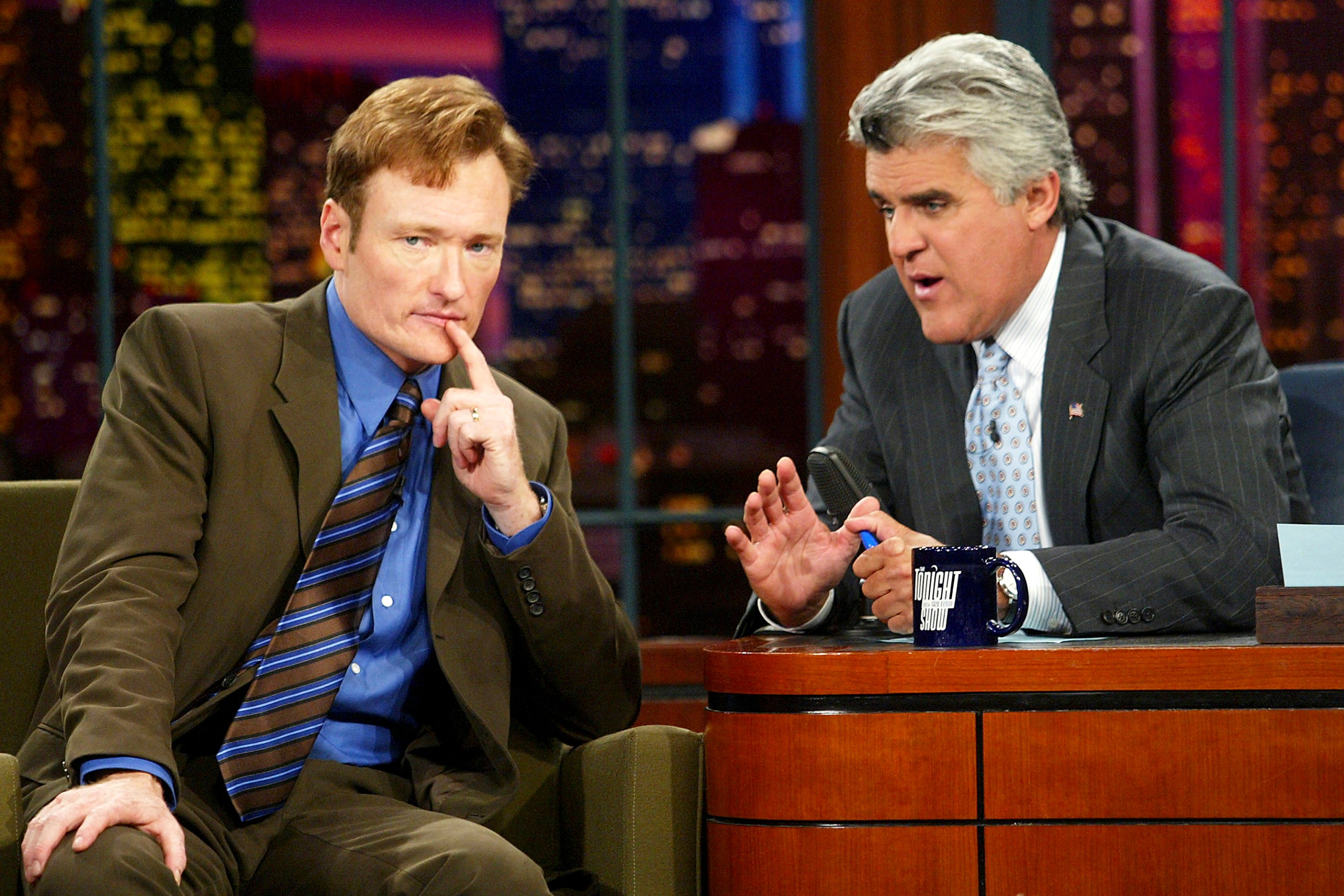When they were still in arts school in Seattle in the early 1990s, Jesper Myrfors and Sandra Everingham would sometimes look for inspiration by exploring Fort Worden, an abandoned 19th-century military base at the entrance of the Puget Sound. To them, it felt like a dwarven ruin.
One day they found a trap door hidden in the woods near the fort, which opened to reveal a rusty ladder leading to a series of underground bunkers filled with broken doors and graffiti. Myrfors snapped a portrait of Everingham as she stood near the base of the ladder, head limned by sunlight, and then forgot about it.
“Later I was looking for some good lighting reference for hair and I remembered the photo, so I took it out and started painting,” said Myrfors. Before he knew it, he had produced an image called The Fallen, one of the thousands of cards that populate the legendary deck-building game, Magic: The Gathering. That card still gives Myrfors the creeps, 30 years later. “It freaked me out a bit, how easily it was created. Almost as if it created itself.”
At the time, Myrfors and Everingham were doing a lot of work for Wizards of the Coast, a small fantasy role-playing games publisher. Their job was to create the visuals for Magic, which Wizards co-founder Peter Adkison started putting into production after meeting with Magic’s designer, a mathematician named Richard Garfield from Portland, Oregon. Adkison had received a prototype of the game from Garfield, and when he started playing it in his basement, which served as Wizards’ headquarters at the time, it grabbed hold of anyone who touched it.
“Even in its raw form, it created passion that boiled over into hunger, a hunger that could not be quenched. The world around us disappeared. By the end of the weekend, the game had us in its grips,” wrote Wizards co-founder Steve Conard.
“I must have experienced goosebumps, because I had this visceral reaction and I was hooked into these dream-like possibilities. I felt the game was going to be huge,” said Everingham.
She was right. After Magic: The Gathering debuted at Gen Con in 1993, six months of product sold out in six weeks. When Wizards ordered another print run from their printer in Belgium, Adkison panicked as millions of dollars in booster boxes arrived on his front lawn, perched on pallets. When the company moved its offices into an industrial park in Tukwila a few months later, it grew from seven employees to a hundred in less than a year, at one point hiring 10 new employees a week to keep up with demand, including a large contingent of goths from the city’s Vampire: The Masquerade role-playing community. When the next edition of Gen Con opened its gates in August of 1994, Magic had supplanted Dungeons & Dragons as the biggest thing in gaming.
It’s never really slowed down since then. Hasbro purchased Wizards of the Coast in 1999, and by 2023 Magic had become the company’s first-ever billion-dollar brand. Millions of people still play the game every year at kitchen tables, games stores, and professional tournaments. Among the thousands of people who have designed, illustrated, or played the game professionally since then, none are more famous than Garfield, who quietly left Wizards of the Coast shortly after the company was sold to Hasbro.
Garfield is a Moses-like figure in Magic’s history, a man who descended from the mountain carrying a game that would become an industry unto itself in his head, fully formed. It is not surprising that people who know him and have worked with him refer to him as a genius, or that he is an enigmatic figure. “Richard is probably far more intelligent than anyone I’ve ever met. I don’t know what goes on in his head. A lot, I imagine,” said Myrfors.
Last year, Garfield gave an interview to VentureBeat, in which he seemed to lament what Magic has become. “Ever since Magic was published I’ve been trying to recapture something that I thought was lost after release," he told the magazine. “When Magic was first designed everyone had their own treasured collection, but those treasures became commodities, and we lost some of that magic. Since then I’ve been trying to figure out how to get back to that.”
I reached out to Garfield because I wanted to know more about his apparent disillusionment with the current state of the game he created. I ended up talking with Garfield for several hours, and learned much more than I had planned to about where Magic came from.
When I asked Garfield whether he’d be interested in meeting up for an interview, he gave me some surprising news: He, his wife, and two sons had moved to Australia during the pandemic. After he joined our first call 20 minutes late—he got distracted during his morning walk—it quickly became clear to me that the only thing he was really interested in talking about was game design. I got his thoughts on Six Man Zonk, a Yahtzee-like game associated with California counterculture that he used to play with his family. “People don’t think of Yahtzee as being a high-skill game, but it is,” he said. “If you’re way behind or ahead, you should play differently. And games with high luck and high skill satisfy such a broad range of players–everybody can play them."
Garfield loves to talk about luck in games, which he sees as a kind of social equalizer. “If you head towards a game like chess, it becomes more difficult to find the person who gives you a good game,” he said.
Garfield works on games independently as a consultant these days, and allows his academic and personal interests to dictate most of his designs. A decade ago he remarried, and found himself designing games his extended family—which included two children from his previous marriage—could play when they all got together.
“I have an introverted streak,” he said. “Not paralyzingly so, and I certainly learned to deal with it. And games are a wonderful way to bridge different cultures, different ages, and different mental interests. And the more luck that’s in a game, the broader that can go.”
The consultancy Garfield runs with former Magic designer Skaff Elias, Three Donkeys LLC, has no employees, a dinky podcast, and almost no web presence. I asked Garfield why, unlike other famous game designers like Shigeru Miyamoto, he doesn’t run a larger company.
“I work well with other people in general, but when it comes to the designing itself I like to be by myself and sort of tinker with things,” he said. “I don't work as well with people around the table. Going around the table is actually kind of painful for me, because I don't feel like I can explore my thoughts as much, and I think that's something about the way my brain works.
“It's not at all that I don't appreciate other people's ideas, it’s just that I can't come up with anything creative, or it's very hard. So my collaborations with other people work best when I'm doing the design alone, and then we get together later to talk about it.”
Garfield couldn’t help but share with me a new game design he’s excited about. It’s a board game he began working on after reading Radical Markets, a 2018 book written by an economist from Microsoft and a lawyer from the University of Chicago who were interested in solving economic inequality.
Their solution? Create an economy where everything is always for sale, and tax people based on the asking price to keep them honest. It was exactly the kind of idea Garfield likes to interrogate with games, so he designed The Founders of Reyvick, a board game about a planet where people are forced to constantly sell their assets.
As I assembled the print-and-play prototype he sent me with a group of friends one evening, we were initially overwhelmed by the swarm of tokens, cards, dice, game pieces, playing boards, and instructions. As we started playing and the pieces started moving, however, we began to see the Radical Markets economy come to life.
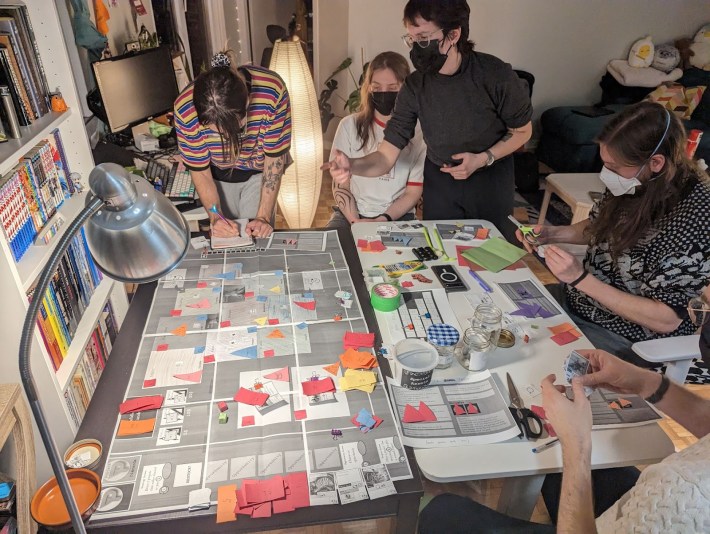
A kind of cat-and-mouse game set in as we found ourselves constantly resetting and meeting prices for territory on Planet Reyvick. By the end we felt less like colonizers and more like interplanetary speculators or financiers, less invested in building life-supporting infrastructure than we were in always finding an angle or some unexploited value to leverage for victory points. It was like Monopoly for high-frequency traders.
“This actually is something that I think bothers proponents of the Radical Markets approach—not enough for them to dislike the game, but enough for them to be a bit wary,” said Garfield, who recently sent the prototype to a conference dedicated to popularizing the book’s ideas.
“I think this economic approach would solve a lot of problems, but it will still be aggressively competitive, sometimes in different ways than vanilla capitalism. It is one of the reasons I like exercises like this, it reveals stuff you might be wrong about.”
Garfield takes game design as a means of understanding the world to mind-melting extremes. He’s designed games to help himself understand complicated ideas since he was in high school, one of the most recent ones being a deck-building game about the Titius-Bode law, the physics equation that explains why the planets in our solar system are spaced out the way that they are.
“I used Excel to play this, I don’t recommend using real cards. The last run I made began with well over a million cards, and who knows how many additional cards were introduced during play,” he wrote.
Garfield has apparently always been like this. As a kid he had an uncanny knack for math and an incredible memory, and was sometimes so absorbed in thought he’d put the milk in the oven instead of the fridge. He wore his watch on his ankle, so that he could tell the time when he sat cross-legged. Most importantly, he really liked games.
"You know that board game, Stratego? We had Stratego, but we never played the game the same way. After a few times the rules always changed. We created new pieces, or some of the pieces would have something taped over the front," Elizabeth Garfield, his younger sister, told me over the phone.
“We played a lot of games in the family growing up, but he’s always been the person who takes a gathering or a situation and tweaks it, in some almost mischievous way, to make it more fun,” she said.
The Garfields spent their childhood running around outdoors and exploring, but when Richard entered high school in the late ‘70s, Elizabeth watched a new game requiring a lot of indoor time called Dungeons & Dragons turn his interest in games into something more serious.
“I remember it becoming this thing where I was a little sister now, and he had these other geeky gaming friends, and you would open the door to the bedroom and sitting there were four or five pretty smelly teenagers. I was probably playing less games with the group at that point,” she said.
Even among his D&D friends, however, Garfield could sense that he was different. While they fell in love with being dungeon masters and roleplaying, he felt something deeper and stranger welling up inside of him.
“There was this feeling I had that games were this unexplored territory, that when you were playing games you were genuinely discovering new things that were possible that hadn't been explored. Rather than falling in love with Dungeons & Dragons, I fell in love with games in general,” he said.
Garfield started playing and studying card games, war games, board games, dice games, chess, poker, bridge, hearts—any game he could get his hands on. When he came across a game he couldn’t appreciate or understand, he would force himself to play it until he did. In his search for games, he also became attuned to the absence of games in things.
“I had some friends who were collecting science fiction and comic book trading cards, and they looked like treasures from afar. But they always left me a little cold, because I wished that I could play a game with them. They felt like an empty promise to me,” he said.
In college, Garfield majored in mathematics, hoping a career in it might intersect with games. When he encountered something that wasn’t a game, he would often try to make it into one.
“If you sat down with Richard in a restaurant he would have the salt shakers and sugar packets arranged into a game before you knew it—condiment chess or something like that. It wasn’t just silly, it was fun,” said Barry Reich, a software engineer who met Garfield in grad school at the University of Pennsylvania.
One day Garfield walked into the graduate lounge with a game no one had ever seen before. It was a card game, a bit like poker if poker was deeply annoying and insane. Garfield called the game Magic because of its fantasy theme, but its defining characteristic was the spell it seemed to cast over anyone who touched it.
Garfield had come up with the idea earlier that summer after meeting Adkison, who told him he was looking for something portable people could play at conventions—a card game, maybe. Garfield had never made a game with the intention of publishing it, but he had tinkered with card games for more than a decade by that point.
After meeting with Adkison, Garfield went for a hike near Multnomah Falls, a 500-foot column of water pouring through the Pacific rainforest close to his childhood home in Portland. There a new idea washed over him: What if the variety and craziness in a card game didn’t have to come from the same deck of cards? What if you could choose which cards you put in your deck—or choose which pieces you used when playing any game for that matter, like chess? And what if, when you were bored with what you had, you could buy new game pieces from the store?

“I started whooping and hollering and yelling, because I knew at that moment that we had an idea that would add a whole new dimension to gaming, and if executed properly, would make us millions,” wrote Adkison on Usenet about the moment Garfield told him this idea.
Garfield was at war with his own game and the industry that was erupting around it almost as soon as Magic released. For the first year after the game came out, Wizards of the Coast made board games, role-playing games, party games, educational games, and every other kind of game, swept up in a desire to make games “as big as the movies,” as Adkison put it. Wizards was also a “big horny summer camp,” suffused in a lumbering ‘90s earnestness and sex positivity, which sometimes jeopardized the company. After Gen Con ‘94, for example, Adkison and a group of employees played a game of Truth or Swill at an employee retreat, listing off who they had fucked and wanted to fuck next, triggering an HR firestorm.
“There was a theater department at Wizards! It’s really crazy what young people who get a lot of money and they think that everything they do will be successful end up doing,” is what Garfield had to say about his former workplace in a 2017 interview. But even he wasn’t immune to the experimental environment at Wizards. After Magic came out, he designed a single expansion for the game before quickly moving on to design new trading card games like Netrunner and Vampire.
He also planned to make a sort of broader, easier version of Magic, “a Pokémon, if you will,” but got scooped by the actual creators of Pokémon, who were obsessed with Magic when they were designing the original GameBoy and card games in the mid-90s.
After the Truth or Swill fiasco forced Wizards to clean up its act and refocus on Magic, the company ran into another problem: Speculators had pounced on Magic, and they were making cards expensive and almost impossible to find in stores.
Desperate to prevent the game from turning into something only rich old people could play, Garfield and Elias decided that the November 1994 expansion, Fallen Empires, would flood the market with hundreds of millions of cards. This worked, but the glut of cards threatened to swing the pendulum too far in the other direction and collapse the market for Magic cards altogether.
There were other problems Garfield had to contend with. He began to realize that the individual games of Magic people played weren’t as important as the larger game that emerged around them—the one people played when they traded cards with each other, came up with new strategies and decks, and developed reputations as competitors. This is what players refer to as Magic’s metagame.

Convinced that Magic couldn’t survive by relying on its collectibility alone, Garfield thought the metagame of sports, which made it socially acceptable to spend tens of thousands of hours on a game, might save it from becoming a fad. He and Elias ended up using professional tennis—with its glitzy tournaments, rankings horserace, big fat winnings and transcendent star system—as a template for the Magic Pro Tour, which launched in 1996.
It’s easy to understand why Garfield left Wizards of the Coast a few years later: The entire history of the game sounds like a series of unending crises and social engineering experiments. But it goes even deeper than that: The more you look, the more you realize that there was never a time when Garfield wasn’t struggling to tame his creation.
When Garfield first began working on the game, one concern replayed through his mind: If every card had wildly different effects, why would anyone ever want to play with ones that were obviously weaker? What would prevent some rich kid from simply buying 10 sets of the game and creating an unbeatable deck?
The first step he took to solve this resulted in Magic’s defining trait: He gave each card a “cost.” If you wanted to play a card that was obviously more powerful, you’d have to “pay” more for it, in the form of a renewable magic energy source called mana, which you generated by tapping any land cards you had in play. In the same way a weekly paycheck might determine the parameters of your economic life, the amount of mana you generated every turn in Magic constrained what you could do. As you played more lands (maximum one per turn) and your mana “income” increased, you could play more expensive creatures and spells every turn.
As the number of cards in circulation grew, Garfield went out of his way to keep common or easier-to-find cards powerful, while also keeping the rare cards narrowly attuned and never so powerful that you needed them to win. He would sometimes demonstrate this by bringing a deck full of common cards to games stores and beating players who had decks stuffed with expensive rares.
Today, getting rich kids to buy 10 sets of the game seems to be Hasbro’s primary business model. Wizards has adopted a punishing release schedule, printing so many new cards that the Bank of America recently reprimanded Hasbro for trying to over-monetize their players and downgraded the company’s stock. When I asked Garfield what he thought about this, he pleaded ignorance and told me he’s been completely disconnected from the game since the pandemic. He’s heard rumors that have alarmed him, but he thinks Wizards of the Coast old-timers like Bill Rose and Mark Rosewater still have the game’s best interests at heart.
“The places I get worried about are Magic’s tournament system, which has historically been important to Magic’s health. And then the philosophy that you should not make rare cards so powerful that you need them. People feel that’s a philosophy that has been broken from time to time, and I think it’s always been a mistake. It might have made money in the short run, but it has hurt the game in the long run, or at least until it was corrected,” he said.
“I think things that are existential threats for a game like Magic is if the community breaks down, and here I'm thinking of the community built around tournaments, but not just that. Or if people see it as being a game where you can buy victory, which is associated with this idea of making rare cards too powerful—or powerful cards too rare would be another way to put it. Those are serious problems which might lead to short-term profit but will lead to long-term problems that could be catastrophic.”
After speaking with Garfield, I decided to visit the most important Magic community I knew: Grey Haven Hobbies & Games, the small hobby store down the street from where I grew up in White Rock, British Columbia.
I didn’t actually play Magic much as a kid. I didn’t have enough patience for the rules and I was always too shy to ask people to play. But that never stopped me from regularly camping out and staring at the art in the 10-cent box at Grey Haven, where owner Adam McCormick cultivated a super-chill, zero-pressure environment that I have yet to see replicated at any other store.
Before returning to Grey Haven I visited a bunch of other games stores, where I noticed not only that all the 10-cent boxes were gone, but also that their entire stock was locked away in cabinets. When I asked the clerks whether I could look at their cards, they told me to check their website, and one shopkeeper even looked at me like I had just threatened to murder his family.
“I've totally noticed that,” said McCormick when I asked him about the cabinets of locked-away cards.
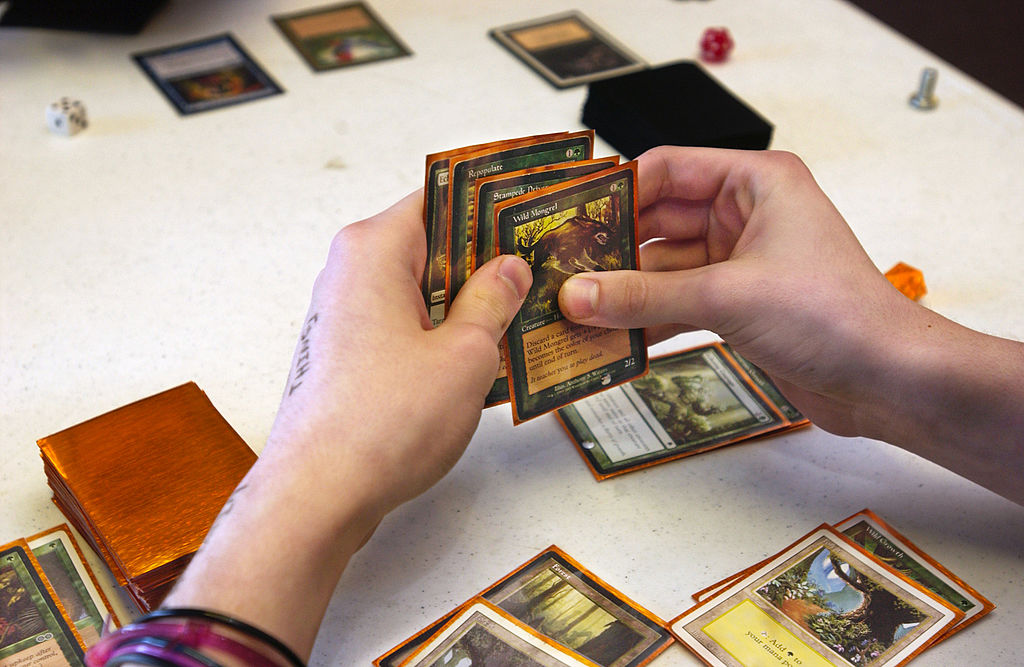
“I've had some customers in the last year who would come in because I have binders full of singles. They would come in, sit down, have a coffee, and look through the binders. And they thought that was really ‘vintage,’ really rare. Looking through the Magic binders was like looking through the daily newspaper. You'd find singles that you've never seen before, and maybe you’d buy them.”
Today there are more than 3,300 cards in Standard, the format of Magic you play at tournaments and keep up with if you want to be on the cutting edge of the game. Each card features enough rules text to fill an AP wire story, more weird keywords and mechanics to keep track of than ever, and the artwork looks like it belongs on a movie poster, not a 2.3” x 1.8” art box.
While visiting with McCormick, he told me he was winding things down after 30 years in business. Magic had been responsible for a big, reliable chunk of his revenue since the early ‘90s, but that started to change three years ago, when he says it started to get difficult for him to acquire product.
“They would make special releases, and it was stuff you knew you could sell, but you couldn't get. The Secret Lair sets started coming out—that’s a specific product that they only sell themselves and don’t give to stores. They also started selling booster boxes on Amazon,” he told me.
“They don't owe me anything, but you could just consciously feel that they were trying to cut you out. They wanted people to stop playing in stores, to tank Standard, and for people to play on Arena.”
Arena is Magic’s online platform, a janky piece of software that I haven’t been able to close a single time without opening my Task Manager and force-quitting. To use Arena is to encounter an infernal procession of undersized text, slot machine–like animations, and in-game purchases that highlight all of Magic’s worst qualities.
Arena feels an awful lot like what Garfield calls “skinnerware,” a relatively recent phenomenon in game design wherein publishers—usually of electronic, online freemium games—abuse and essentially treat their users like animals in a test chamber. But the real problem with Arena is that it just doesn’t feel like real Magic, because Magic is a game made for face-to-face play with another person.
When Garfield was first designing Magic, he included mana-generating lands, creatures you could attack and defend with, and sorceries and enchantments you could cast on your turn. He also included a fifth type of card called “instants,” which you could play any time—even during your opponent’s turn, often to interrupt something they were doing.
This was great for Magic, because it made players feel like they were always playing the game. It also posed a problem to anyone interested in making a computer game out of Magic, because instants relied on the social and biological reality of a face-to-face encounter with another human being.
“When you’re playing across the table from someone and you make a play, you know that technically, they get to interrupt. So if you’re looking at their face, you can notice them pause. And then you pause, and then they can say that they’re interrupting. All of that is very easy to negotiate in person,” Elias told me.
“There’s a colossal amount of data and evolution that goes into people’s facial expressions, and reading them in social situations is not an easy thing to duplicate. That’s what makes the interruption response system in Magic work in real life, and when you try to translate that to a computer game it’s hard, because you have a lot of like, ‘Is this OK? Is this OK? Is this OK?’”
This explains the shuddering, halting sensation of playing Magic in Arena, where the only permitted form of communication between players is a series of predetermined phrases like “Hello!” “Your go,” and “Good game.”
Garfield and Elias apparently predicted this, and in the mid-2000s actually offered to redesign Magic to make it more suitable for online play, but Hasbro turned them down. In fact, shortly after Hasbro purchased Wizards in 1999 and sold off its digital games division, they barred Garfield from developing any computer games that weren’t directly connected to Magic, which he says is the main reason why he left the company.
As my conversations with Garfield continued, I came to a realization: I had misinterpreted the quote he gave to VentureBeat about his cards being turned into commodities and the game losing its magic. What I didn’t realize until speaking with him was that the earlier, non-ruined version of Magic he was talking about was the pre-publication playtest version he had debuted at UPenn in 1991.
“I think the biggest change and misunderstanding about the game was how many cards people were going to play with,” he told me. “When we were playing the playtest I gave each person a single deck and then later on maybe one more deck. Very late, in what I called the rich environment, I gave them four decks to see how crazy it would be. And that was just not the way the game was played.
“When you first start out playing Magic, when you're playing with kids in the schoolyard or around the kitchen table with cards that your older brother played with, that is the way it works. Your friend will have a card you don't have. But when you enter the store system, then that's no longer the way it works, you just get many, many more cards, to the point where the magical aspect of having unique cards which nobody else has goes away.”
This wasn't just nostalgia talking. There seems to be something objectively more magical, more infinite-seeming and treasurable about this smaller, more limited version of Magic. But wasn’t the idea of deck-construction the epiphany Garfield had at Multnomah Falls: that you should be able to choose any card and put it in your deck?
“It wasn't that you should be able to choose any card that was printed. It was any card that's available. I was not picturing that you'd get the thing you wanted from the store, and I was not thinking that anybody would ever purchase an entire box of boosters or anything like that.”
About a year after Magic debuted, Sandra Everingham visited Turnhout, Belgium, a quaint cobblestoned Flemish village where the cards were printed at the time. There she toured the factory floor and cleanrooms of Cartamundi, the world’s largest producer of board and card games, whose printing presses strained to keep up with the demand for more Magic cards.
“I got to see the machinery that sorted the cards into their booster packs, which Cartamundi had custom-built for us. Thousands and thousands of packs. Twenty-four-hour printing shifts at times. The volume was staggering,” she said.
After they left the factory, one of the company’s sales representatives pointed out a building in the city’s Old Town, which looked like something you might explore in a Dungeons & Dragons campaign.
“You know what that is?” Everingham remembered the sales rep asking. “That’s our prison. We send all the flattened Magic packaging and booster packs to the prison and the inmates do the product fulfillment.”
